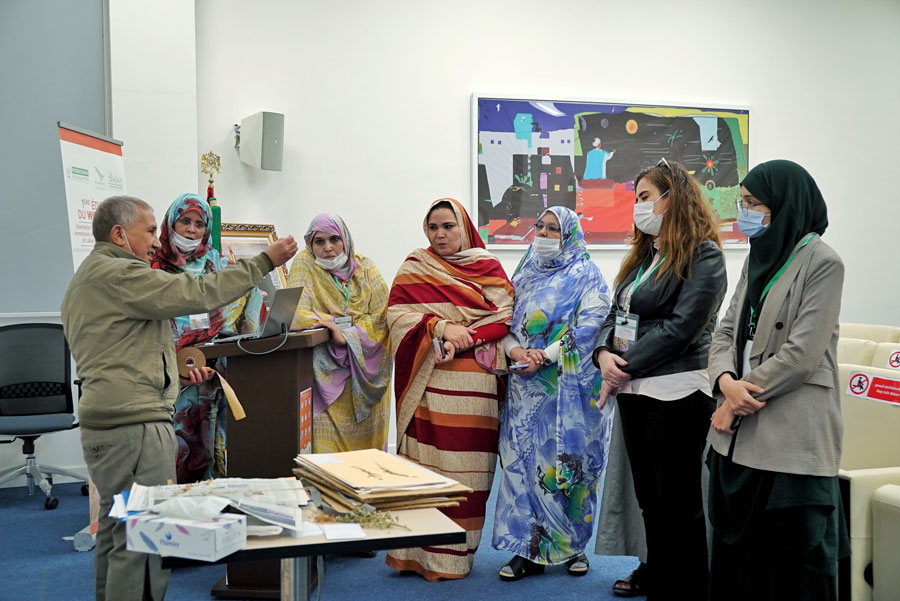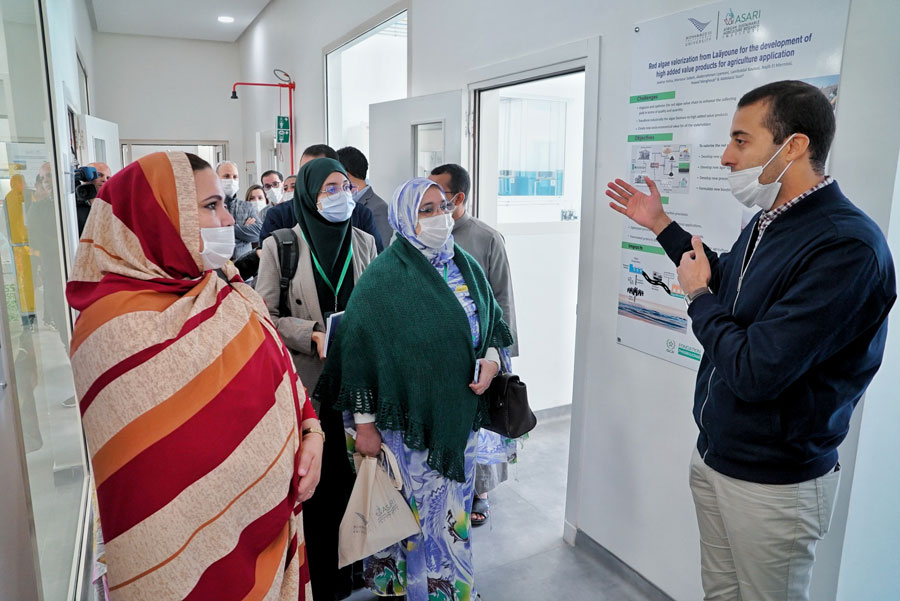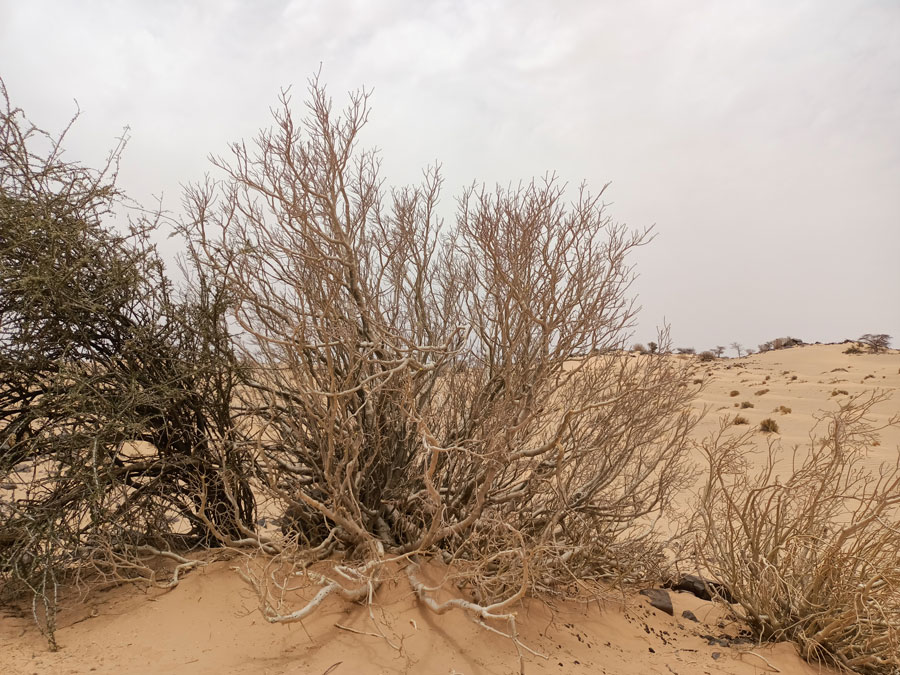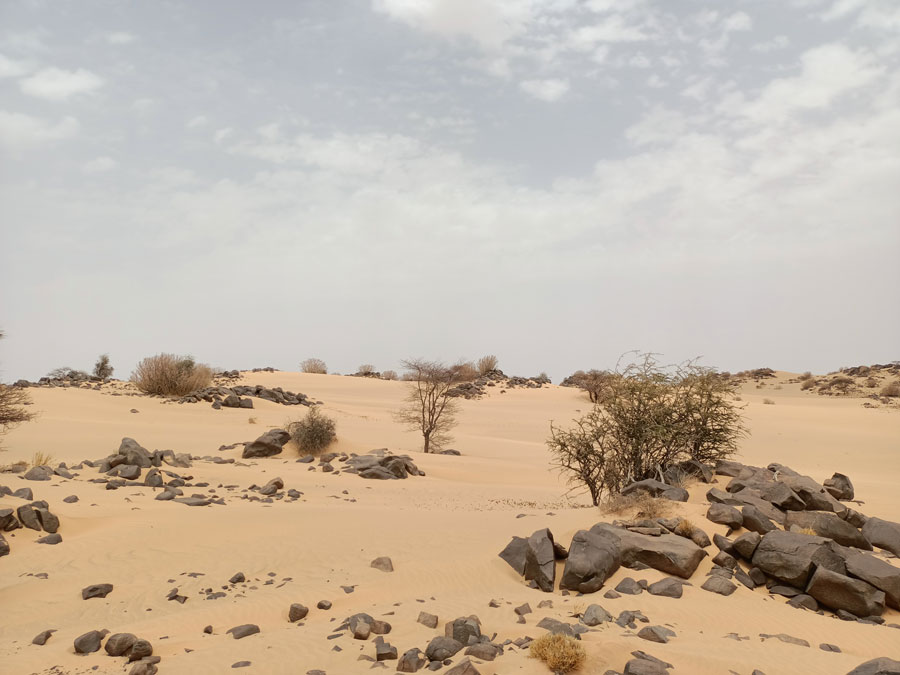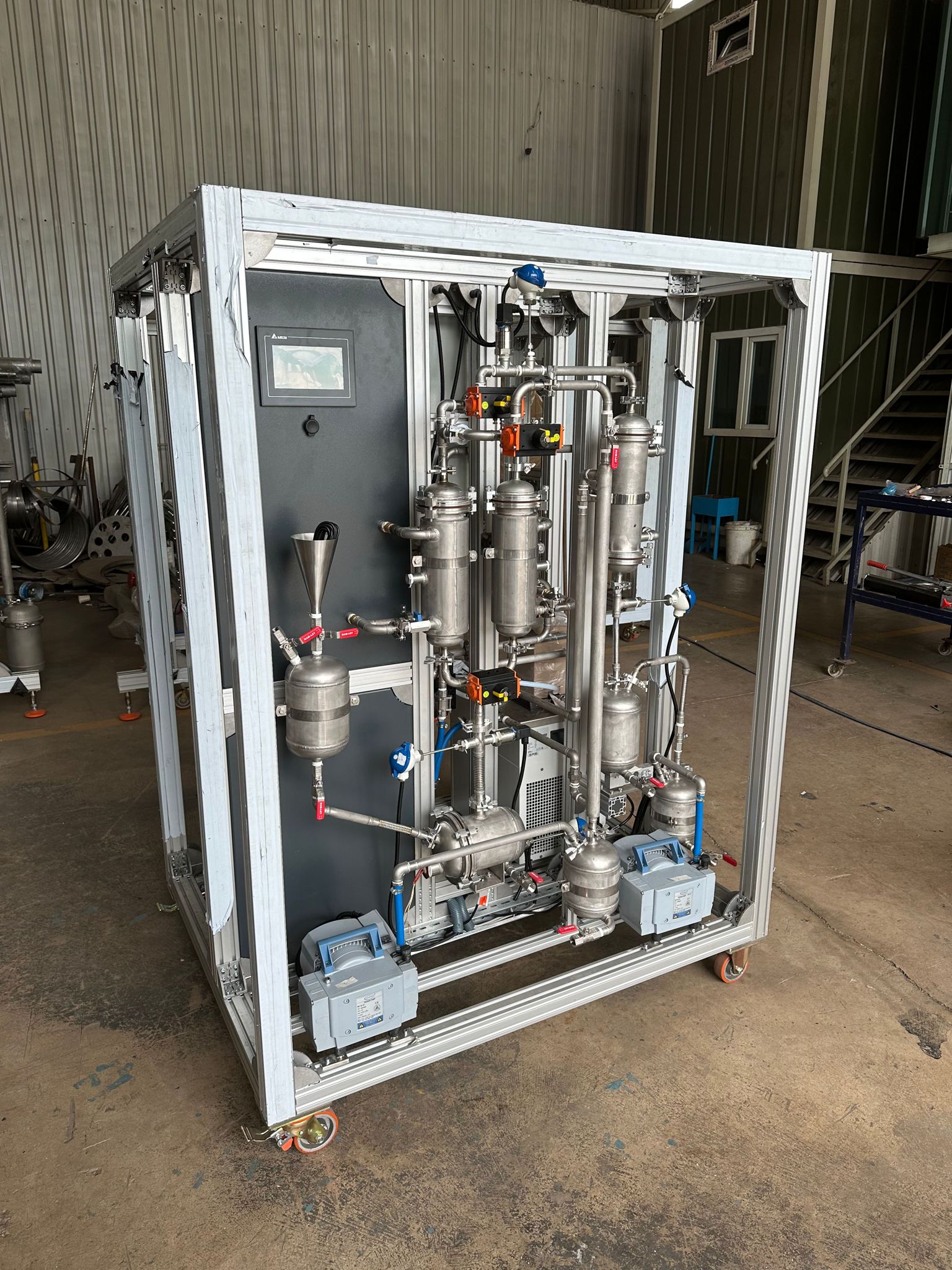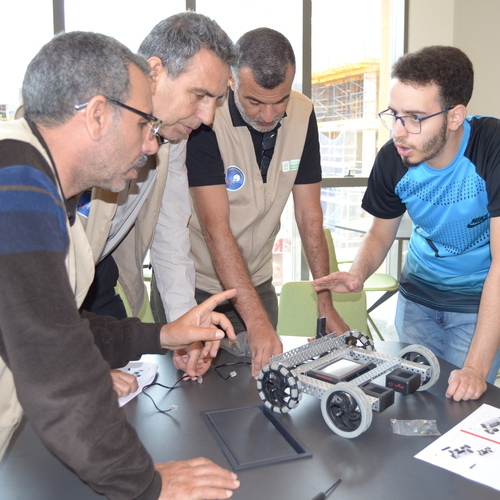DEVELOPMENT OF NATIVE PLANTS
A PRECIOUS SOURCE FOR BEAUTY AND HEALTH
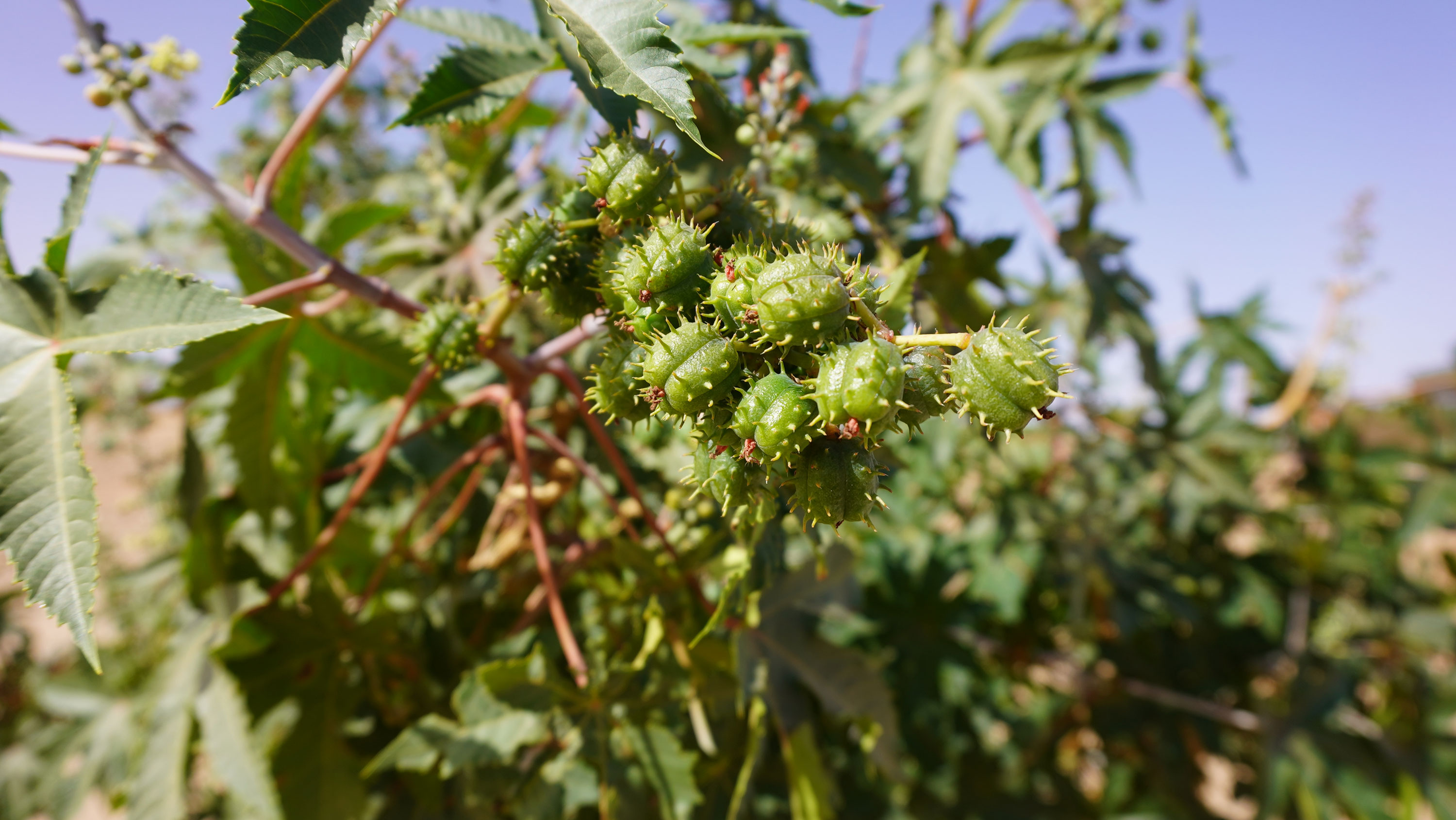
UM6P-ASARI is leading a major research project on Aromatic and Medicinal Plants. This project benefits from the support of Phosboucraa Foundation since it aims to promote indigenous plants in the Region of Laayoune -Sakia El Hamra recognized for their exceptional properties in pharmaceutical and cosmetic fields
Biodiversity and creation of shared wealth
The promotion of native species is of paramount importance, both from an agronomic and cultural point of view. However, most of these plants have not yet been characterized or exploited biologically and chemically. It is in this context that Phosboucraa Foundation supports ASARI in the development and promotion of local products based on aromatic and medicinal plants with high added value.
Thus, among the 56 plants listed, 25 were selected due to their indigenous origin. Using a specially developed extraction method, the extracts of these 25 plants were analyzed and characterized. Among them, six species have proven to be of great cosmetic and pharmaceutical value: Lavandula coronopifolia (Khailat elkhail), Ephedra alata Dence (Chdida & âallenda), Searsia tripartita (Jdari), Caroxylon tetragonum (Laârade), Ricinus communis (Awriwar) and Nucularia perrinii (Askaf). Quercetin and its derivatives, bioactive substances present in these plants, are known for their antioxidant and anti-aging effects, widely used in the cosmetic and pharmaceutical industry.
Inclusive scientific approach
Thanks to field diagnostics, ASARI was able to identify the richness of the regional aromatic heritage, but the use of these plants requires better control and standardization of extraction, analysis and valorization methods.
Hence, as part of this project, a fully equipped phytochemistry laboratory was installed, as well as a greenhouse to facilitate research and experiments. In order to promote the transfer of knowledge, two master students and a post-doctoral fellow were trained, contributing to the strengthening of local skills in research and innovation. In addition, a workshop was organized for local cooperatives in order to share knowledge and good practices. Finally, it should be noted that a patent is currently being validated, and two scientific publications have been shared.

were analyzed and characterized

was installed and equipped
6 species have proven to be of great cosmetic and pharmaceutical value
1 workshop was organized on the promotion and development of aromatic and medicinal plants for local cooperatives

1 patent submitted to OMPIC
2 scientific publications

2 scientific master students and 1 Post-Doc researcher were trained
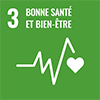
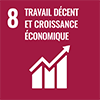
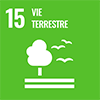
By promoting indigenous aromatic and medicinal plants, this project supports SDG 15 (Life on land) by preserving agricultural biodiversity and promoting the preservation of natural resources. It also contributes to SDG 3 (Good health and well-being) by exploiting the exceptional properties of these plants in the pharmaceutical and cosmetic fields. In addition, this project promotes local economic development by creating new opportunities and encouraging the creation of high value-added products (SDG 8, Decent work and economic growth).
